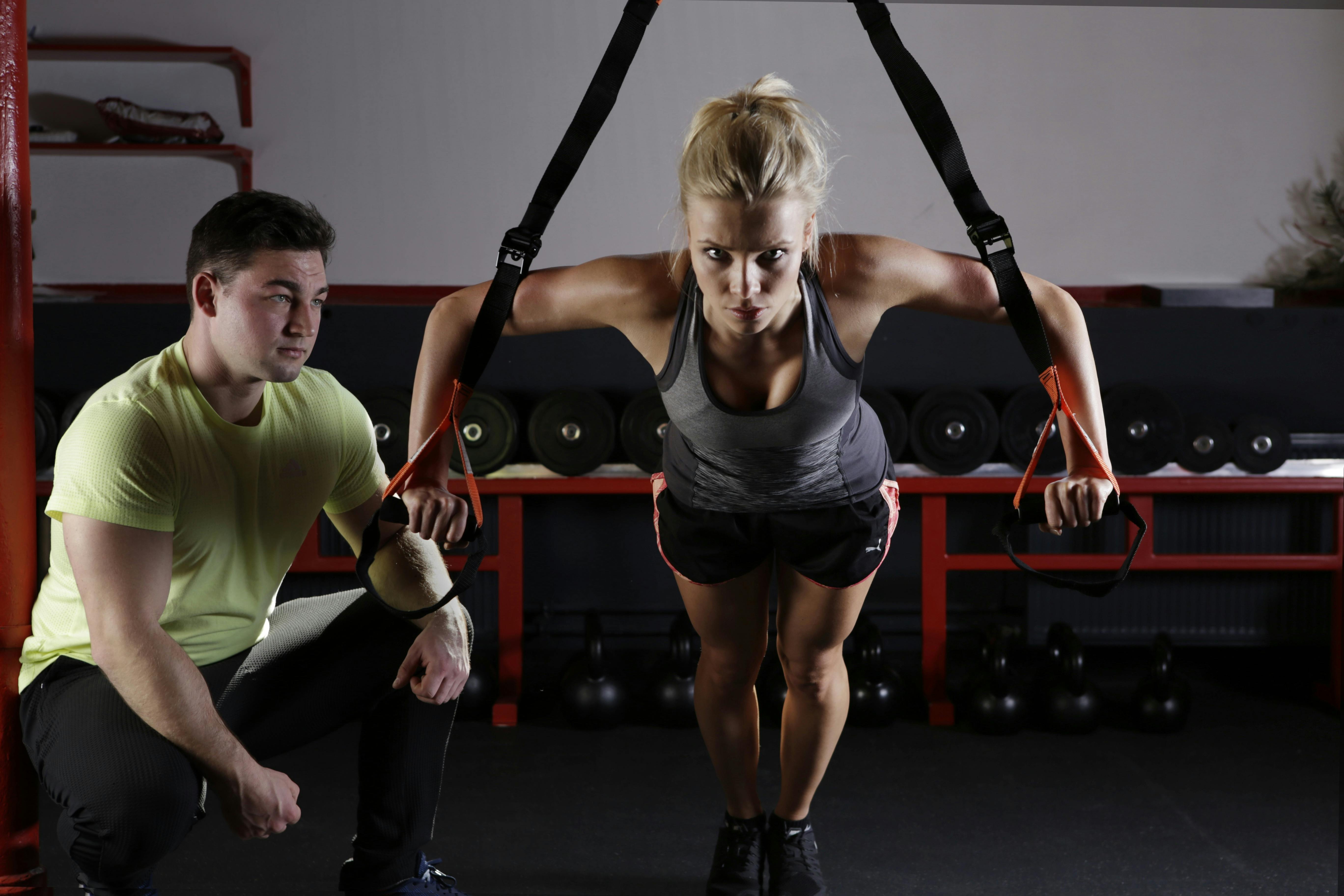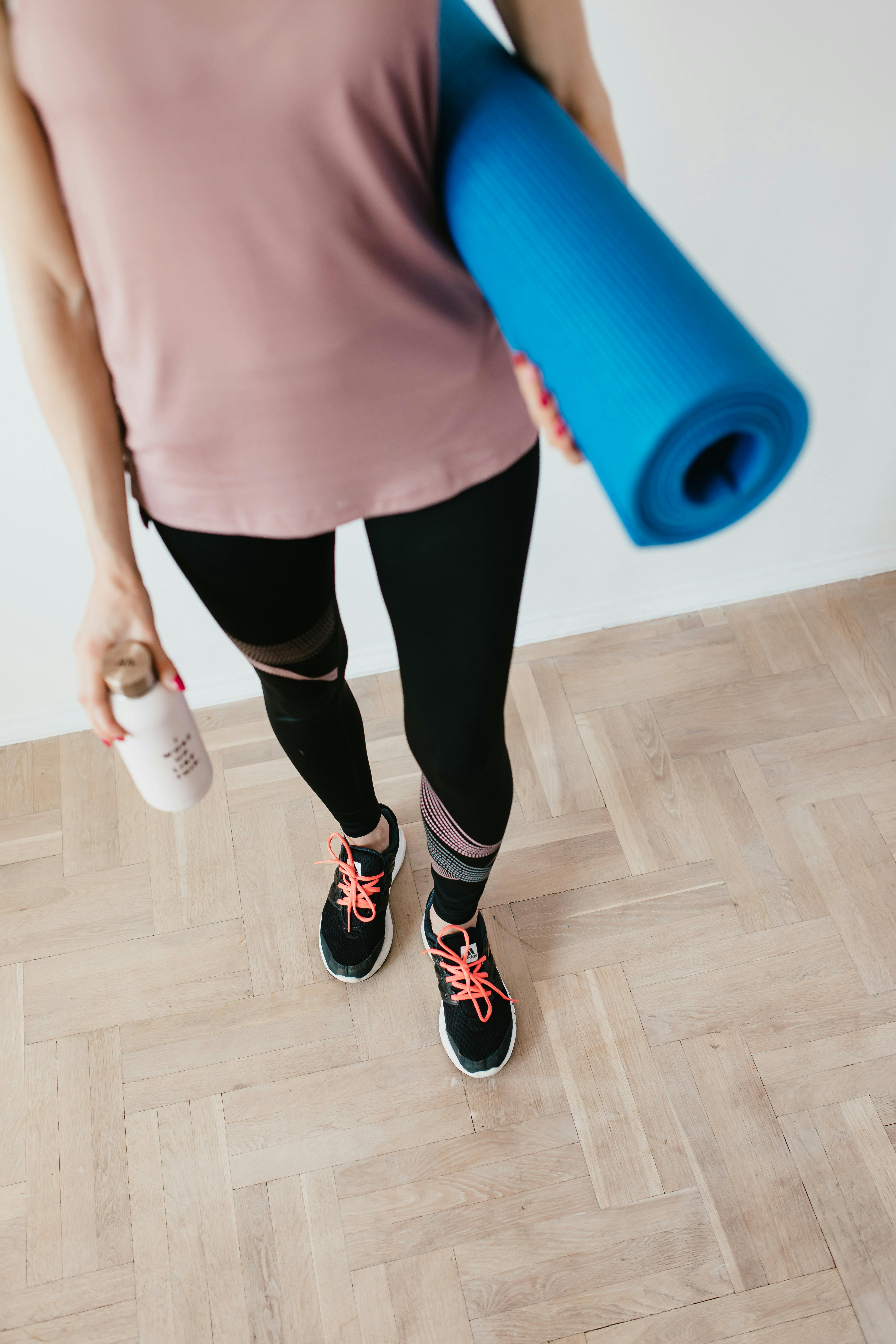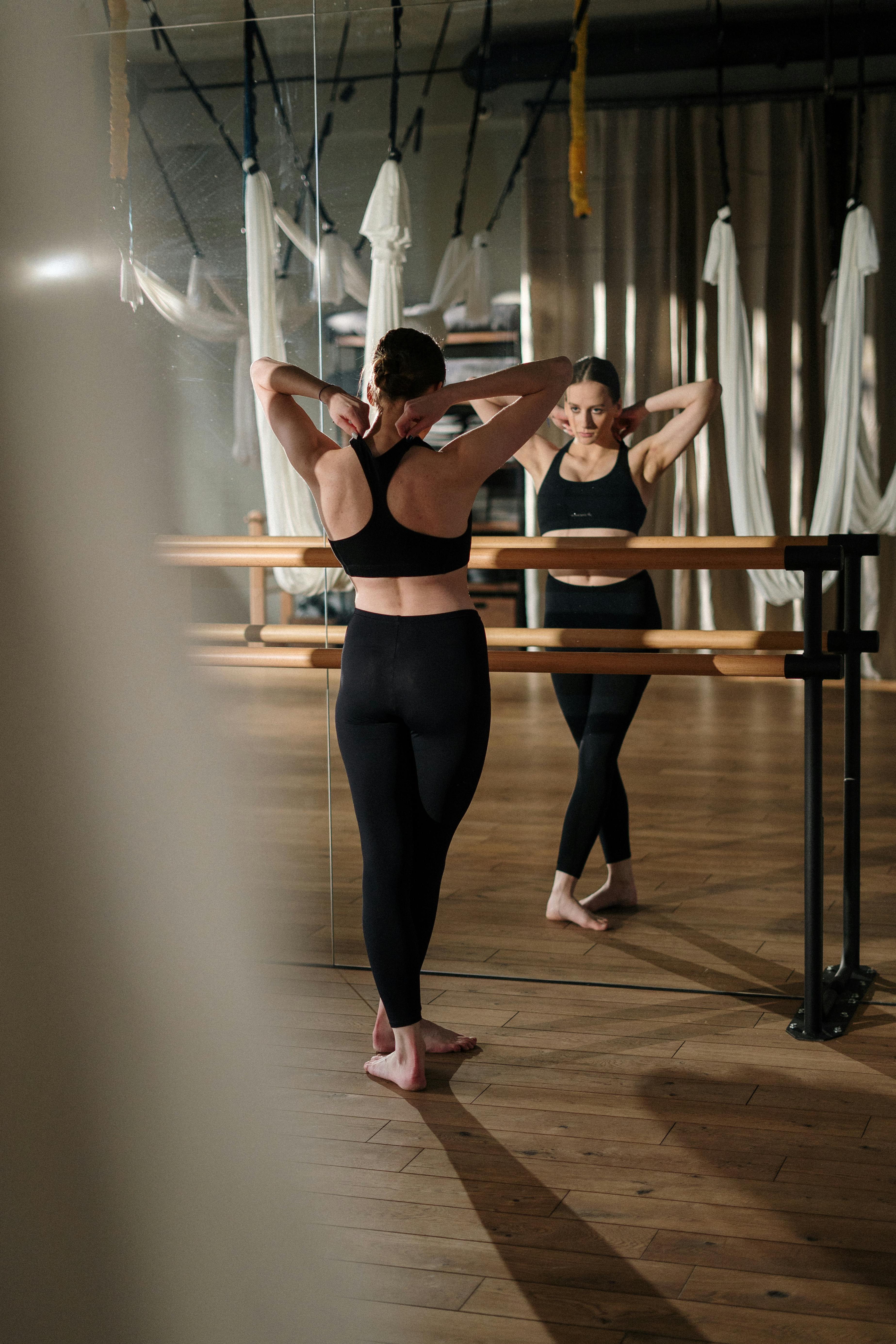Top 5 Beginner Workouts to Build Full-Body Strength at Home

You don’t need an expensive gym membership or fancy equipment to get stronger. With the right approach and consistency, you can build serious full-body strength from the comfort of your home — even if you’re a complete beginner.
This guide walks you through the top 5 beginner workouts designed to help you gain strength, tone muscles, and feel energized — no weights or machines needed.
Why Focus on Full-Body Strength?
Full-body workouts engage multiple muscle groups at once, making them highly efficient for beginners. They help you:
- Build a strong foundation of fitness
- Improve posture and balance
- Burn more calories in less time
- Strengthen your core and reduce injury risk
Top 5 Beginner Workouts (No Equipment Needed)
1. Bodyweight Squats
Muscles worked: Quads, glutes, hamstrings, core
Squats are the king of lower body movements. They build strength in your legs and hips while improving mobility and stability.
How to do it:- Stand with feet shoulder-width apart, toes slightly outward.
- Lower your hips back and down as if sitting on a chair.
- Keep your back straight and knees tracking over your toes.
- Go as low as your flexibility allows, then push through your heels to rise.

2. Modified Push-Ups
Muscles worked: Chest, shoulders, triceps, core
Push-ups are a compound movement that builds upper body and core strength. Beginners can start with knee push-ups or wall push-ups.
How to do knee push-ups:- Start in a plank position with knees on the ground.
- Lower your chest to the floor, keeping elbows at a 45-degree angle.
- Push back up to the start position while keeping your core tight.
3. Glute Bridges
Muscles worked: Glutes, hamstrings, lower back
Glute bridges are perfect for activating the posterior chain and relieving lower back tension from sitting.
How to do it:- Lie on your back with knees bent and feet flat on the ground.
- Press through your heels and lift your hips until your knees, hips, and shoulders form a straight line.
- Squeeze your glutes at the top, then lower down slowly.
4. Bird-Dog
Muscles worked: Core, lower back, glutes, shoulders
Bird-dogs improve balance and strengthen your stabilizing muscles, especially in the spine and core.
How to do it:- Start on hands and knees (tabletop position).
- Extend your right arm and left leg straight out.
- Hold for 3 seconds, keeping your core engaged.
- Return to start and switch sides.
5. Plank Hold
Muscles worked: Core, shoulders, chest, glutes
The plank is a powerful isometric exercise for full-body tension and core strength.
How to do it:- Place forearms on the floor and legs extended behind you.
- Keep your body in a straight line from head to heels.
- Engage your abs, glutes, and thighs.
- Breathe steadily while holding the position.

Beginner Full-Body Home Workout Plan
| Exercise | Sets | Reps/Duration |
|---|---|---|
| Bodyweight Squats | 3 | 12 reps |
| Knee Push-Ups | 3 | 10 reps |
| Glute Bridges | 3 | 15 reps |
| Bird-Dog | 3 | 10 reps per side |
| Plank Hold | 3 | 30 seconds |
Tips for Staying Consistent at Home
- Schedule it: Set a time each day for your workouts.
- Start small: Even 10 minutes a day makes a difference.
- Track your progress: Use a journal or app to stay motivated.
- Mix it up: Rotate exercises to avoid boredom.
Internal Links from Body Domain
- Top 10 Superfoods That Help Heal the Body Faster
- Foods That Reduce Inflammation in the Body
- Best Vitamins and Minerals to Keep Your Body Strong
FAQ
1. How often should beginners work out?
Start with 3 days per week, allowing rest days in between. As you get stronger, increase to 4–5 days.
2. Can I build muscle without weights?
Yes! Bodyweight exercises build strength through tension, repetition, and progressive overload (adding reps, sets, or variations).
3. How long before I see results?
Most beginners notice increased energy, improved posture, and strength gains within 2–4 weeks with consistency.
Image Credits: Photos from Pexels.com (Free for commercial use)

Leave a Reply